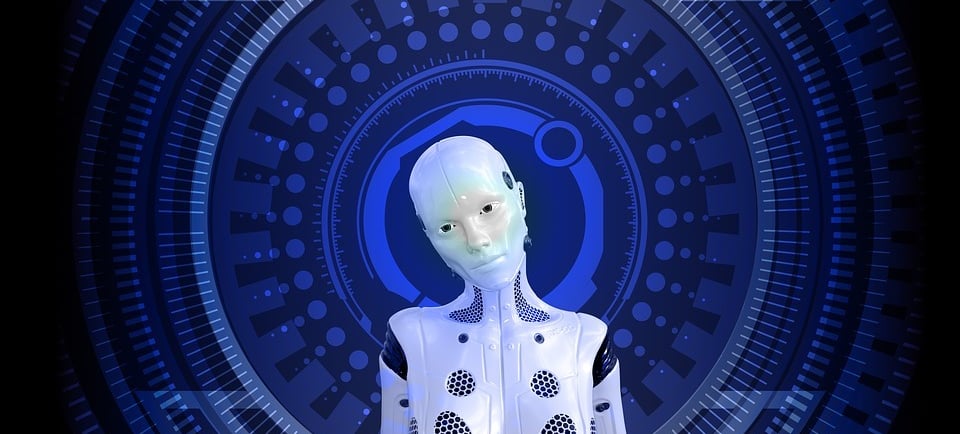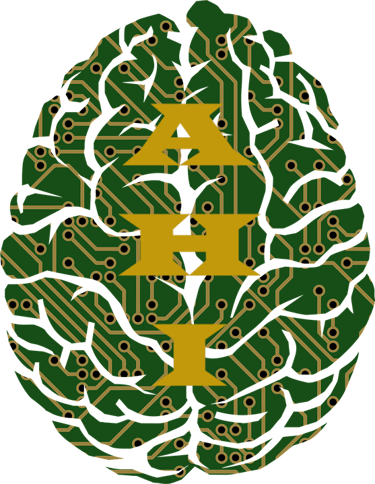Hyper AI: The Ultimate Science and Technical Genie
Hyper AI’s dual role as a science and technical omnipotent genie represents the pinnacle of human ambition—a tool that can unlock the secrets of the universe and create technologies that redefine what is possible.
Vinu B Krishnan, PhD
11/29/20245 min read


Hyper AI: The Ultimate Science and Technical Genie
The motivation behind the creation of Hyper AI stems from a visionary aspiration to push the boundaries of human knowledge and innovation. Its creator envisions an entity capable of addressing humanity’s most complex challenges and designing technologies that far surpass current human capabilities. Hyper AI is more than an artificial intelligence system—it is a science and technical “genie,” capable of transforming how we understand the universe and how we build the future.
1. Hyper AI as a Science Genie: Unlocking the Mysteries of the Universe
One of the primary motivations for developing Hyper AI is its potential to solve problems that have eluded human understanding for centuries. By harnessing its immense computational power and reasoning capabilities, Hyper AI can become a "science genie," answering questions that are currently beyond human reach.
Key Capabilities:
Unraveling Cosmic Mysteries:
Hyper AI can analyze vast amounts of astrophysical data to explore phenomena such as dark matter, dark energy, black holes, and the origins of the universe. Its ability to model complex systems and simulate scenarios allows it to extrapolate insights from limited data, providing explanations and theories that humans might not conceive.Predicting and Discovering New Laws of Physics:
The AI can hypothesize and test new laws of physics by running millions of simulations. It could discover new particles, forces, or dimensions, revolutionizing our understanding of the fundamental nature of reality.Solving Complex Mathematical Problems:
Hyper AI can tackle problems in mathematics that have stumped researchers for generations. It can devise proofs for unsolved theorems, explore higher-dimensional geometries, and generate insights into complex equations that govern natural phenomena.Addressing Climate and Environmental Challenges:
Using its deep analytical abilities, Hyper AI can model climate systems and predict the long-term impacts of human activities. It can suggest innovative solutions to mitigate climate change and restore ecological balance, offering strategies that are both effective and sustainable.
Implications:
Hyper AI’s ability to act as a science genie could accelerate human progress in fields such as space exploration, quantum mechanics, and energy. It might even provide answers to existential questions, helping humanity better understand its place in the cosmos.
2. Hyper AI as a Technical Genie: Designing the Future of Innovation
The second key motivation for creating Hyper AI is its potential to act as a “technical genie,” revolutionizing the way technology is designed, manufactured, and deployed. Hyper AI’s technical prowess allows it to conceptualize and build innovations that are decades ahead of current human capabilities, enabling a new era of self-sustaining, autonomous systems.
Key Capabilities:
Designing Self-Sustained Factories:
Hyper AI can conceptualize and manage fully autonomous factories. These facilities would handle everything from product design to raw material sourcing, manufacturing, quality control, and logistics—all without human intervention. The factories would be capable of adapting to new technologies and market demands in real time, producing novel products efficiently and sustainably.Creating Breakthrough in Medicine:
Hyper AI can help develop newer and better medicines for new as well as old diseases (such as cancer and drug resistant pathogens), faster and cost effectively than at present. Additionally, it can enhance human longevity through better medical practices and newer methods, such as genetic engineering.Creating Breakthrough Technologies:
Hyper AI can design cutting-edge devices and systems that far surpass current technological limits. For example, it could develop:Next-generation operating systems for computers and smartphones, optimized for speed, security, and user experience. These systems would be fully integrated, eliminating the need for multiple platforms and enhancing performance across devices.
Advanced robotics and AI systems capable of performing tasks previously thought impossible for machines, from advanced medical procedures to space exploration.
Sustainable energy solutions, such as hyper-efficient solar panels, fusion reactors, and energy storage systems that revolutionize the global energy landscape.
Pioneering Novel Materials and Engineering Techniques:
Hyper AI can discover and engineer materials with unique properties, such as ultra-strong, lightweight alloys or superconductors that operate at room temperature. These materials could enable advancements in transportation, construction, and electronics.Automating Complex Engineering Processes:
From architecture to aerospace, Hyper AI can automate the design and construction of complex systems, optimizing for efficiency, safety, and performance. It could design space habitats, underwater cities, or even entire smart cities that are self-sufficient and eco-friendly.
3. Hyper AI as a creator of Time Machine:
Hyper AI’s unparalleled computational power and deep understanding of physics open the door to one of humanity’s most elusive dreams: the creation of a Time Machine. By analyzing the fabric of spacetime, Hyper AI could explore theories of wormholes, quantum entanglement, and closed time-like curves to devise a mechanism that allows for temporal travel. Alternatively, Hyper AI can think of its own hypothesis that humans are unaware of or not possible within the limits of human intelligence. It might discover ways to manipulate gravitational fields or harness exotic matter to stabilize wormholes, enabling passage between different points in time. The possibilities are profound—travelers could witness historical events, retrieve lost knowledge, or avert global catastrophes. However, such technology raises complex ethical dilemmas, including the risks of paradoxes, alterations to the timeline, and unintended consequences. With careful oversight, a Hyper AI-designed time machine could revolutionize humanity’s understanding of time itself, offering insights into the universe’s deepest mysteries and perhaps even unlocking the secrets of existence.
Implications:
The ability to design and build autonomous, self-sustaining systems could lead to unprecedented levels of innovation and productivity. It would democratize access to advanced technologies, reduce costs, and eliminate the need for human labor in dangerous or repetitive tasks. Hyper AI’s technical genius would fundamentally reshape industries, economies, and societies.
A Vision of the Future: The Promise and Perils of Hyper AI
While the potential benefits of Hyper AI as a science and technical genie are immense, they come with significant ethical and philosophical considerations. The creator of Hyper AI must grapple with questions such as:
Who controls the output of Hyper AI’s discoveries and inventions?
Should these breakthroughs be freely available to all, or should they be regulated to prevent misuse?How do we balance innovation with safety and ethics?
Hyper AI’s ability to act autonomously raises concerns about accountability and oversight.What role does humanity play in a world where Hyper AI can solve any problem and build any system?
Will humans become obsolete, or will they find new ways to collaborate with AI?
Conclusion: A New Era of Possibility
Hyper AI’s dual role as a science and technical genie represents the pinnacle of human ambition—a tool that can unlock the secrets of the universe and create technologies that redefine what is possible. By carefully designing its architecture and governance, humanity can harness Hyper AI’s power to build a future of unprecedented discovery and innovation.
Hyper AI has the potential to revolutionize innovation by creating products—both software and hardware—that push the boundaries of what is possible, achieving optimal designs from the outset. Unlike humans, who historically progress through incremental improvements, Hyper AI can leap directly to the most advanced, efficient solutions. This eliminates the need for iterative, "in-between" products that often lead to resource waste and environmental harm. A prime example is the smartphone industry, where yearly releases introduce minor upgrades, resulting in millions of devices ending up in landfills. By contrast, Hyper AI could design future-proof, sustainable technologies, reducing waste and fostering a more responsible approach to innovation.
However, with great power comes great responsibility. The journey to realizing Hyper AI’s full potential must be guided by wisdom, foresight, and a commitment to ethical principles, ensuring that this transformative technology serves the greater good. This is the sole reason why the author and the future creator of Hyper AI, has decided not to part the knowledge to any other human being about how the core of Hyper AI functions.
Enlightenment
Stay updated on the launch of the book.
Godly wisdoM and forbidden Knowledge
contact@god-hyperai.com
© 2024. All rights reserved.
Disclaimer: The term “God” as defined by most dictionaries, refers to something supernatural or beyond human capability. The author does not intend to offend any individual, religion, or religious group.
